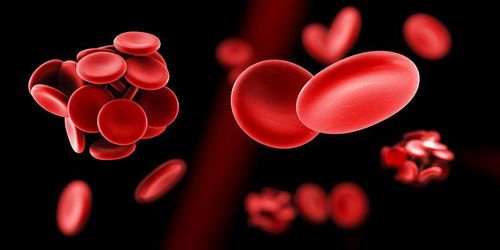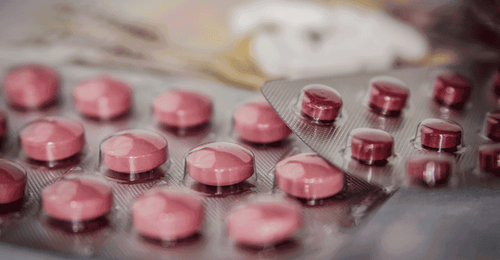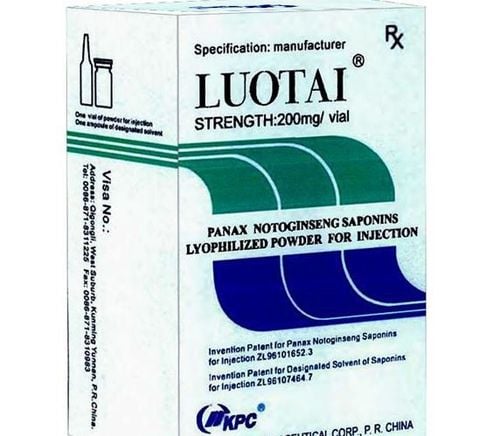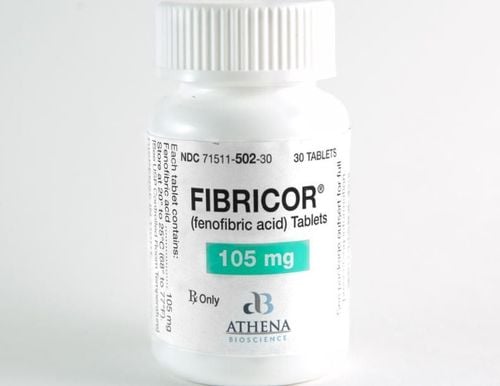This is an automatically translated article.
The article was professionally consulted with Master, Doctor Nguyen Minh Son - Interventional Cardiologist - Department of Medical Examination & Internal Medicine - Vinmec Nha Trang International General Hospital.Platelet adhesion occurs when the vessel wall is damaged, the endothelial cell layer is destroyed, ... This is also the mechanism of hemostasis and formation of blood clots. Therefore, platelet adhesion is a factor in the formation of atherosclerotic plaques and the risk of thrombosis.
1. Blood clot formation
1.1 Platelet activation Platelets are disc-shaped and strongly negatively charged nonnucleated cells. The surface of the platelet membrane contains clotting factors. Platelet adhesion is the first step in hemostasis with the first stage being platelet activation. When the vessel wall is damaged and the layer below the endothelium is exposed. Blood platelets bind to collagen on collagen-specific surface glycoprotein Ia/IIa receptors. This binding is then reinforced by a protein called Von Willebrand factor, which plays a role in forming the bonds between the platelet glycoprotein Ib/IX/V and the collagen fibers.Then the platelets are activated and secrete substances from the platelets in the platelet cytoplasm into the plasma, which activate other platelets. Platelets change shape, and expose phospholipid surfaces to facilitate adhesion of clotting factors. Fibrinogen binds platelets close together by creating bonds through glycogen. In addition, platelets are activated by thrombin.
1.2 Coagulation Phenomenon Coagulation of secondary hemostasis includes two pathways: the tissue factor pathway (exogenous pathway) and the contact-activated pathway (also known as the endogenous pathway). ) both lead to fibrin formation. Traditionally, it has been suggested that the coagulation cascade consists of two equally important pathways that meet at a common stretch. But in fact, the most common pathway that initiates coagulation is the tissue factor pathway. The pathway that initiates coagulation is a series of reactions in which a zymogen (inactive precursor of an enzyme) of a serine protease and its glycoprotein cofactor are activated to become the active components. and catalyze further reactions in the cascade, eventually forming cross-linked fibrils.
Coagulation factors are usually denoted by Roman numerals, with a lowercase a attached to indicate the active form. The most common clotting factors are serine protease enzymes. Some exceptions include factor VIII and factor V which are glycoproteins; Factor XIII is a transglutaminase. Serine proteases work by cutting other proteins at specific sites. Coagulation factors circulate as inactive zymogens. The coagulation cascade is traditionally divided into three pathways including the tissue factor pathway and the contact activation pathway both of which together activate the factor X, fibrin, and thrombin pathways.

Kết dính tiểu cầu là quá trình đông cầm máu với giai đoạn đầu là hoạt hóa tiểu cầu
2. Risk of thrombosis and platelet adhesion
Blood clotting is a complex process that takes place inside the body, through which blood clots are created. The mechanism of blood clotting involves two main components: platelets and clotting factors.Thrombosis forms when endothelial cells are damaged along with platelet adhesion. Thrombosis can occur in coronary arteries, cerebral blood vessels, or veins. In which, arterial thrombosis is mainly composed of platelets. Vascular damage and increased platelet activation are key factors in thrombosis. Common in people with cardiovascular diseases such as hypertension, blood lipids or diabetes, coronary stents,...
Platelet adhesion is a factor that creates atherosclerotic plaques and plaques. cause increased pulse. Thrombosis can travel to the heart and to the brain, which can lead to cerebral infarction, stroke, and life-threatening. Therefore, in individuals at risk of thrombosis, antiplatelet agents such as aspirin, heparin, dipyridamol, clopidogrel, ticlopidine, and glycoprotein IIb/IIIa inhibitors should be used. In addition, the patient may be ordered by the doctor to have a platelet adhesion test to evaluate the activity of platelets as well as partly to evaluate the effectiveness of antiplatelet drugs.
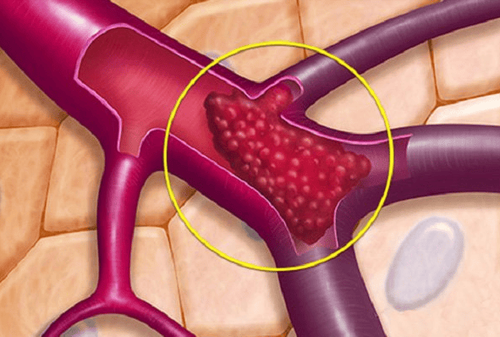
Huyết khối hình thành khi các tế bào nội mạch bị tổn thương cùng với sự kết dính tiểu cầu
If you have a need for consultation and examination at Vinmec Hospitals of the national health system, please book an appointment on the website (vinmec.com) for the best service.
Please dial HOTLINE for more information or register for an appointment HERE. Download MyVinmec app to make appointments faster and to manage your bookings easily.




